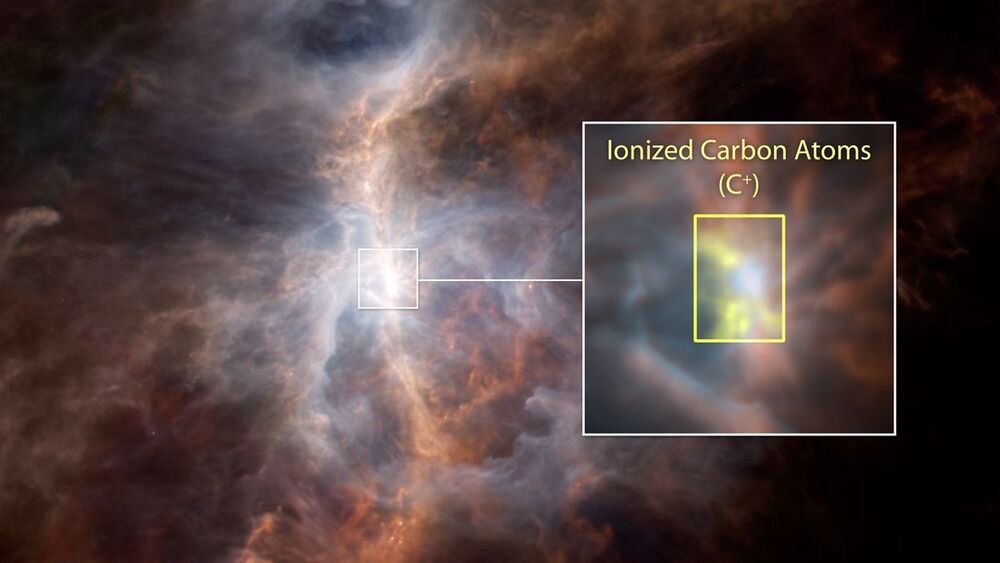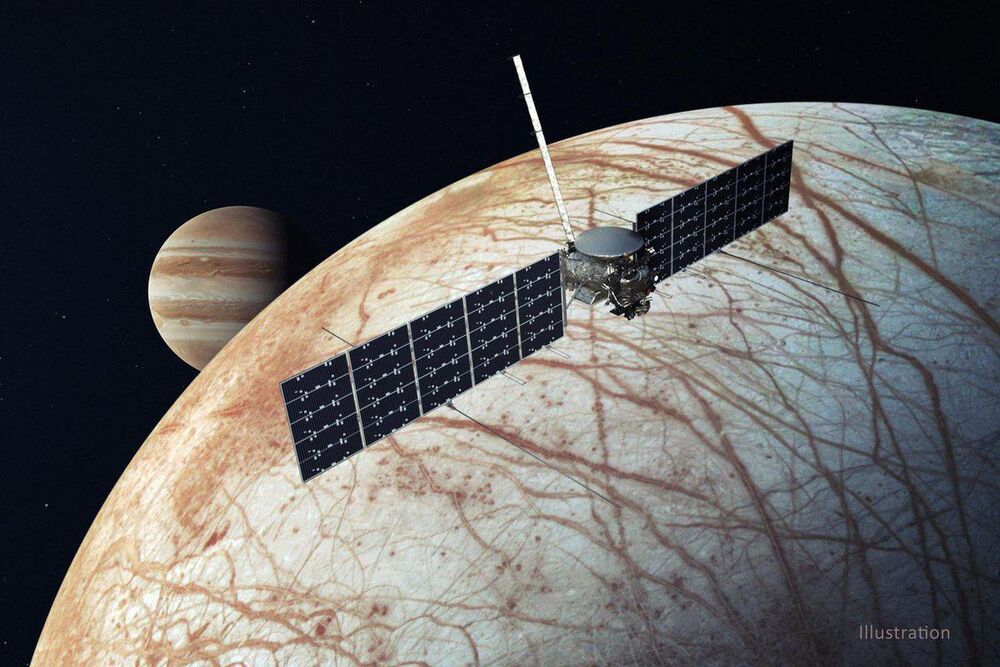Let me start off by answering “Angry Astronaut’s” last question (@22:00 in) first: “Does this look like living at the top of Mount Everest to you?” Yes Angry it does. It ALSO looks like living on Mars because that interior in both cases is where you’re going to spend a lot of time so what’s happening on the INSIDE isn’t very different at all. That’s a problem (and an opportunity) for a LOT of the so-called “easy” concepts for living on Mars here people: Why don’t you put some money where your mouths are and “PROVE it” at least a little bit. Think the “Marsha” design is so hot? (I don’t btw) Then how about we BUILD some actual working “prototypes” (which the company did an indigogo on and failed to either raise enough money nor have they gone any further with the effort) someplace LIKE the ‘basecamp’ area of Everest. It will be vastly less difficult and expensive than building on Mars or the Moon but you know what, it would go a long way towards shutting up the ‘detractors’ with all their (arguably and often unanswered) questions wouldn’t it? Build on as a B&B on some expensive vacation land? Nah, how about building one out at the Mars Desert Research Station or Devon Island?
Support CSS episodes at patreon.com/thecommonsenseskeptic.
Discord: https://discord.gg/bEZw6XCG
Angry is back with another episode — this one tackling Jeff Bezos’ claims that Everest would be a better place to live than Mars.
And, in typical Angry fashion, he didn’t bother checking any facts before he released his video to the public.
Turns out, Angry needs some Common Sense to get his facts straight. Again!




